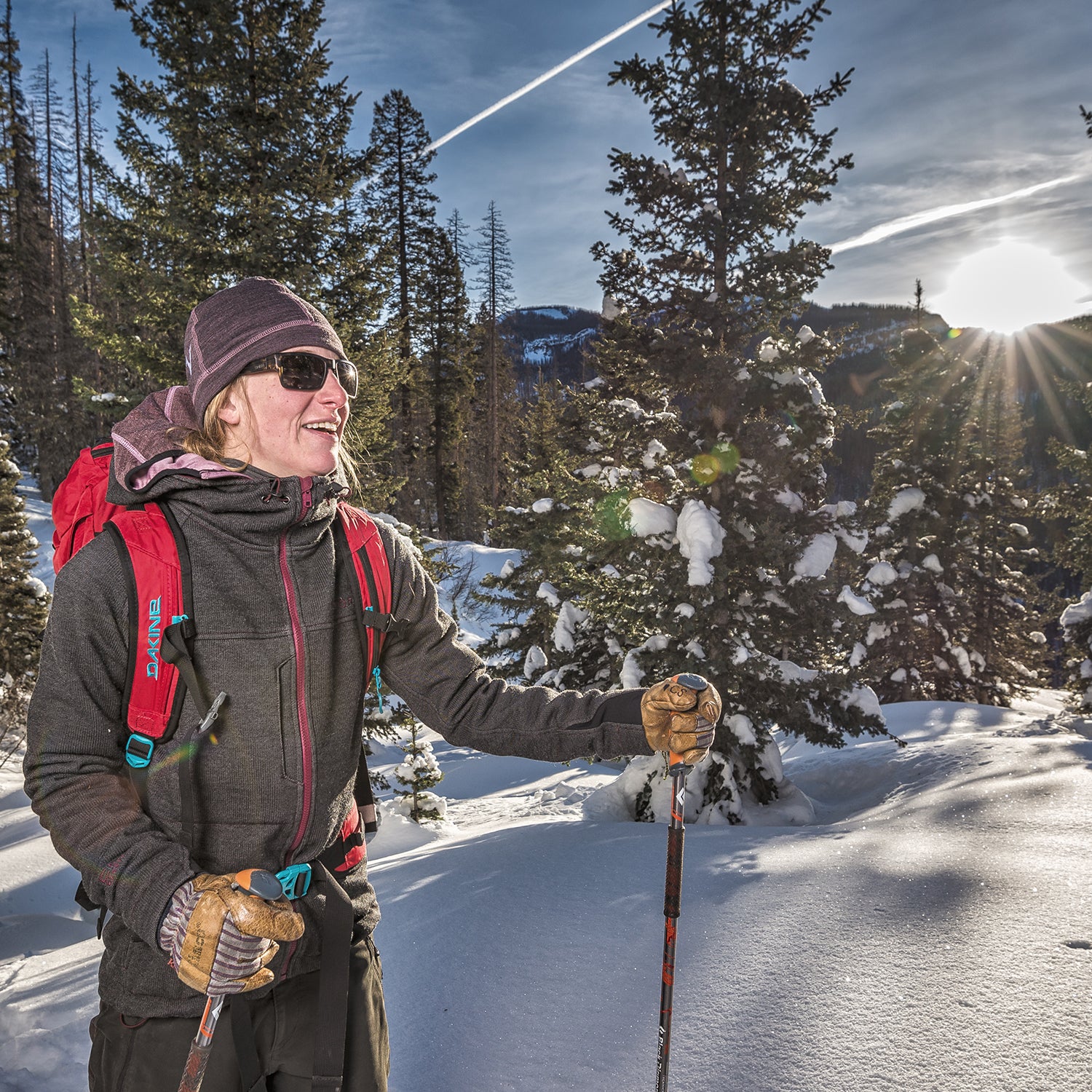IÔÇÖve tested hundreds of products over the past 11╠řmonths, many of which were really, really╠řgood. But only a handful stood out as the yearÔÇÖs best, either because they totally rethought a category or because their design made them significantly better than the competition. What follows are eight╠řproducts that I think defined innovation in 2016.
Voormi╠řFallLine Jacket ($400)
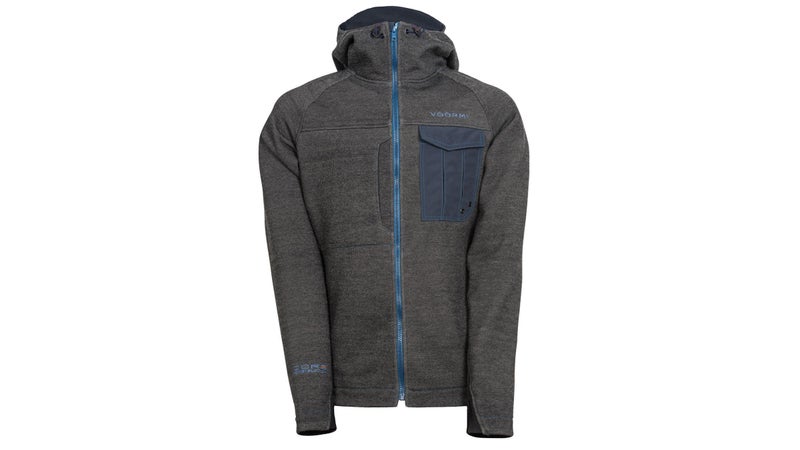
Instead of sandwiching a waterproof membrane between two sheets of synthetic material, like most high-end three-layer╠řwinter shells, the features VoormiÔÇÖs Core Construction technology, which weaves wool through the╠řwaterproof membrane. The result? You get an╠řouter layer that shrugs off snow but also╠řbreathes exceptionally well thanks to the wool, making it ideal for high-output winter activities. The wool is also softer than most synthetic materials, which helps the FallLine feel more like a sweater and less like a jacket.
ArcÔÇÖteryx Procline Carbon Ski Mountaineering Boot ($1,000)
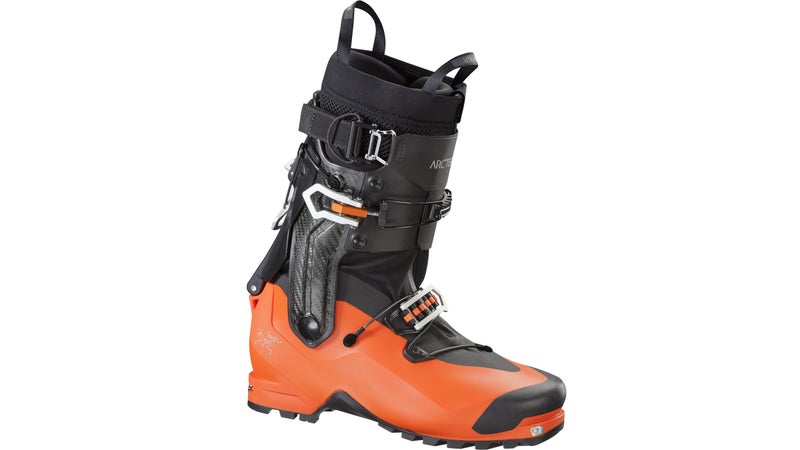
The offer a huge 75 degrees of flex in walk mode, but they also have a 35-degree side-to-side range of motion. That side-to-side movement helps you stay planted over your skis when yourÔÇÖre on a steep, sloping skin track. It also helps if you want to strap on crampons for a technical ascent on rock or ice (with the side-to-side motion, these╠řfeel more like mountaineering boots and less like a pair of race boots). DonÔÇÖt buy the Proclines if you want to drive big powder sticks. Do invest in them if you want to climb and ski all of ColoradoÔÇÖs 14ers.╠ř
Patagonia Yulex Wetsuits (Starting at $170)
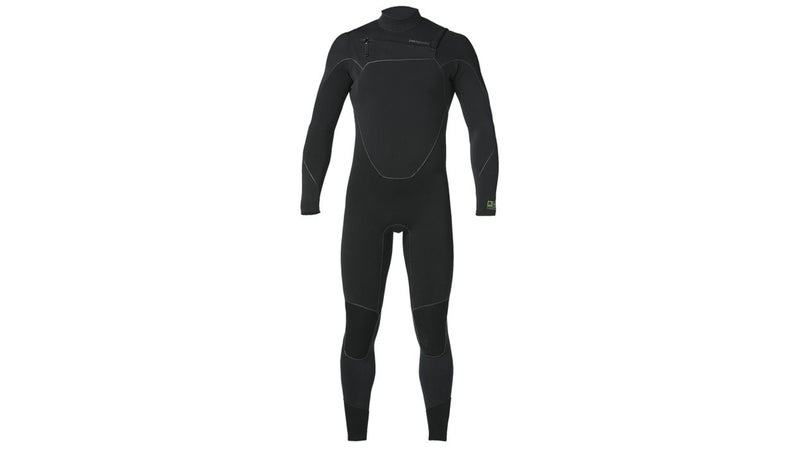
This is the worldÔÇÖs . Neoprene is derived from fossil fuels. Yulex, on the other hand, is made from rubber harvested from Hevea trees on a Rainforest AllianceÔÇôcertified plantation in Guatemala. The suits are then built in factories that run off solar power. Those two updates reduce PatagoniaÔÇÖs wetsuit-production carbon dioxide╠řemissions by up to 80 percent.╠ř
Bose QuietComfort 35 Wireless Headphones ($350)
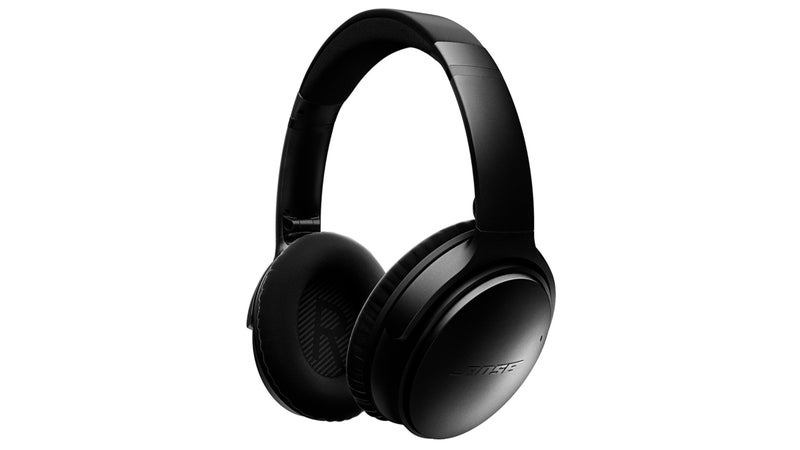
Bose did three important things with . First, their noise-canceling technology is the best out there. The headphones eliminate any ambient sounds╠řbut also cut out the low hum that noise-canceling technology sometimes leaves behind. Second, the speakers inside are top-notch, with crisp highs and thumping lows. Finally, the wireless application is seamless. They immediately connect to my phone and have 20 hours of battery life. No other piece of gear has changed my productivity like these headphones. They allow me be completely zoned in and distraction-free while I write, either at home or at the local coffee shop.
Apple iPhone 7 Plus ($770)
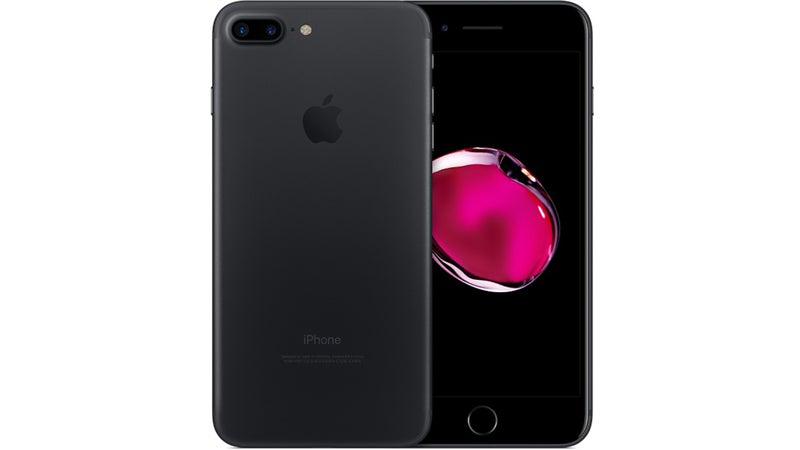
The makes my list because thereÔÇÖs no better camera for adventurers who want to travel fast and light. The 12-megapixel sensor produces sharp images with rich colors that look stunning online and make great prints. The phone can shoot in RAW, which means you get larger images that are easier to tone and crop. And then there are the two lenses: the standard 28-millimeter╠řwith a fast f1.8 aperture, which works well for landscapes and in low light, and the 56-millimeter, which you want to use for portraits. I also suggest using the portrait mode, which blurs out the background. Finally, the phone is highly water resistant, so you donÔÇÖt have to worry if you drop it╠řin the snow while skiing.
Hoka Speed Instinct Trail Running Shoes ($130)
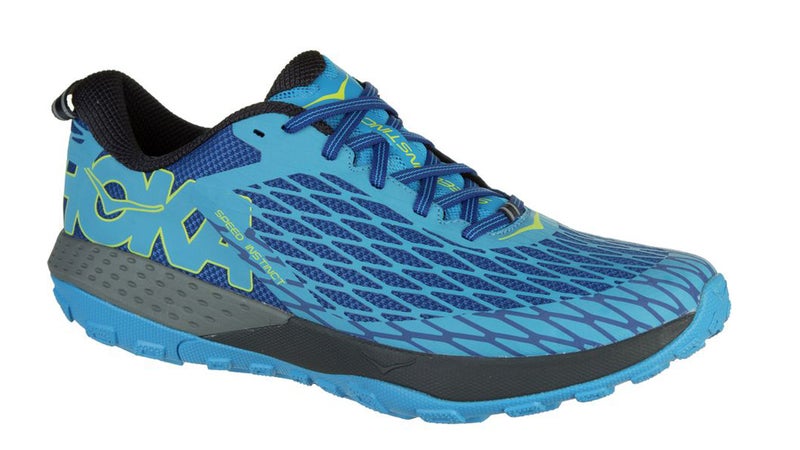
With the , Hoka moved away from the ultracushioned design that made it╠řa running-shoe powerhouse. These shoes╠řhave a relatively neutral three-millimeter╠řheel-to-toe drop╠řbut still carry over many of HokaÔÇÖs other standout features, like a feathery light build (8.4 ounces╠řfor the pair), an extremely breathable upper, a cushy heel, and denser forefoot.╠řLike the best running shoes, they felt great and kept my╠řfeet happy and protected.
MSR Guardian Purifier ($350)
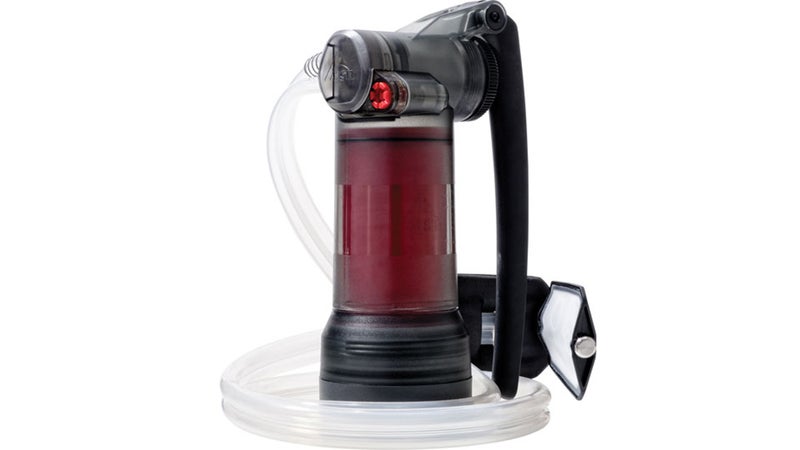
If youÔÇÖre backpacking in the United States, you only need a purifier that removes bacteria and protozoa. But if youÔÇÖre traveling overseas to a place where viruses in the water are a problem, you want the . It eliminates all three of these bugs and is the surest way to stay healthy without drinking terrible-tasting water. Bonus: the Guardian is self-cleaning,╠řensuring you get at least 10,000 liters of clean water before it needs to be replaced.
Dagger Nomad Kayak ($1,200)
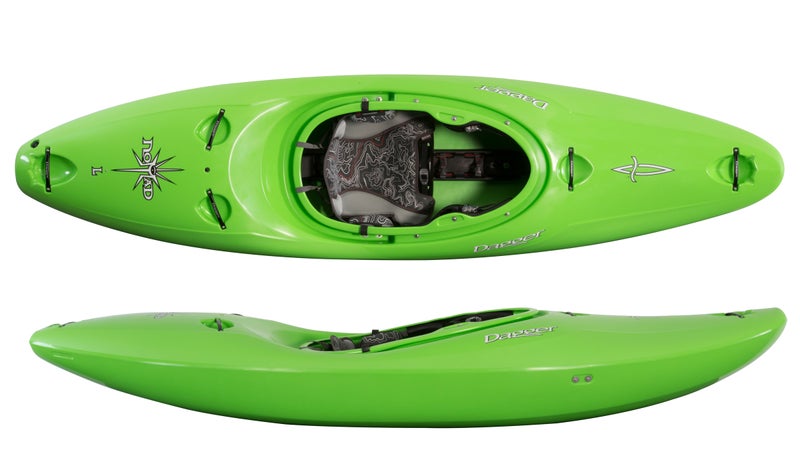
IÔÇÖm a kayak geek, so this made my list.╠řWhy? Because after 12 years of using╠řthe same ultrapredictable, secure design, Dagger decided it was time to . I was skeptical of the update, but after a full spring and summer in the boat, I agree that itÔÇÖs a much better design. What you get is the same predictability with╠řmore maneuverability and╠řspeed.


